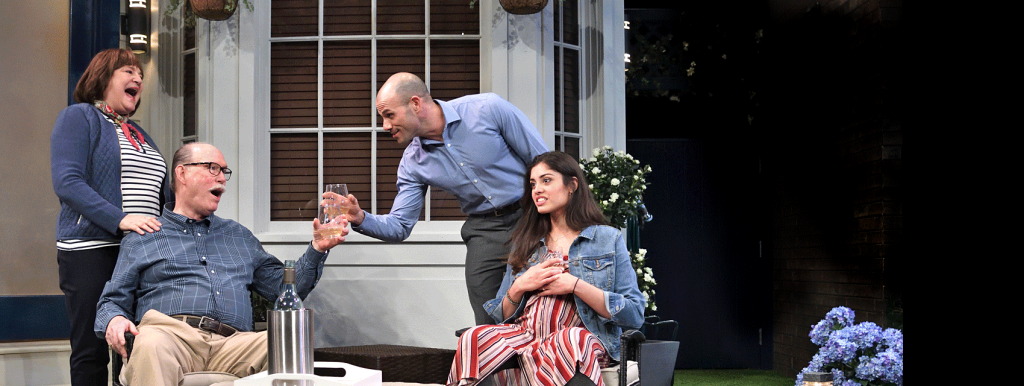The Inheritance is inspired by Howards End, a 1910 novel by E.M. Forster. But what is Howard’s End, and how do the book and Forster himself connect to The Inheritance?
Howards End focuses on the class system in Edwardian England. The main heroines are the comfortably middle-class Schlegel sisters Margaret and Helen, who interact with the wealthy capitalists Henry and Ruth Wilcox and the impoverished couple Leonard and Jacky Bast. The Inheritance still has these themes of social class, but also translates class differences into intergenerational conflict: Baby Boomers who lived through the AIDS epidemic, Gen Xers/millennials who came of age just as LGBTQ+ rights became mainstream, and members of Gen Z who are just beginning to write their own future stand in for Howards End’s upper, middle, and lower classes, respectively.
In The Inheritance, Margaret Schlegel becomes Eric Glass, and Helen Schlegel becomes Toby Darling, with the relationship between the two changed from familial to romantic. Just like their novel counterparts, Eric is the sensible, clear-sighted foil to Toby’s self-indulgent idealist. Ruth Wilcox is now Walter Poole, and Henry Wilcox…stays as Henry Wilcox, making him the only character to keep his original name in full. Beyond changing Ruth’s gender, the couple’s storyline remains similar: Ruth/Walter stills serves as a mentor and friend to Eric/Margaret, while Henry Wilcox pursues Eric/Margaret in both The Inheritance and Howards End. The Basts are reflected in both Adam and Leo in The Inheritance. Unlike the characters we mentioned before, these two aren’t direct counterparts to Leonard and Jacky Bast: they each borrow traits from both characters. Toby’s relationships with Adam and Leo are similar to Helen’s relationship with Leonard, while Leo’s relationship with Henry in this play is the same as Jacky’s with Henry in the original book.
While not a one-for-one adaptation, the broadest story beats of The Inheritance and Howard’s End are fairly similar, although we’ll try not to give them away here in case you aren’t aware of the full plot. The differences in the story are more obvious, from changing female characters into men to switching the setting from turn-of-the-century Britain to late 2010s New York City. We will also say that Toby’s ending is different from Helen’s, although we won’t spoil why.
Perhaps most strikingly, Howard’s End author E.M. Forster himself is a character in The Inheritance: he is the mentor to the other men who are “writing” The Inheritance as it comes to life on stage. We also must note that Forster doesn’t just serve as teacher, but as a queer mentor. While he had a number of male lovers in his lifetime and was out to his close friends, Forster was also a gay person living in a time and place where homosexuality was criminalized, and thus was closeted most of his life. Forster also wrote an unpublished manuscript called Maurice that featured a same-sex romance, but it wouldn’t be published until after his death.
The Inheritance is somewhat meta in the way it frames a story based on Howard’s End within a story about E.M. Forster interacting with modern gay men. And The Inheritance author Matthew López has spoken of his admiration for Forster’s work, and the connection he felt to him as a fellow queer person. By adapting Forster’s work to the stage while portraying Forster as a character himself, The Inheritance’s framing device takes the show’s theme of generational relationships to an even broader level: in a key scene in the show, one character asks Forster what he has done in his lifetime to impact future generations of gay men. Perhaps this is the most direct confrontation of the show’s major question for audiences: What do we owe to those who came before, and what will we leave behind?

